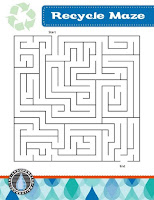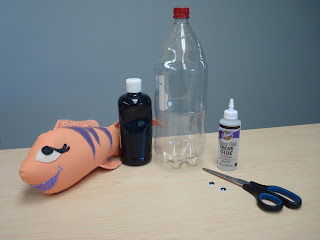Why Upcycling?
Want to learn why Frannie is doing an upcycling project this week? Check out the Upcycled Clothing Pin Snowflake Ornament blog here.This Week's Project:
Bottle Cap Olaf Ornament
Frannie found some old bottle caps sitting in her desk, and she decided to upcycle them into her favorite Frozen snowman: Olaf!
Materials:
- 3 bottle caps
- scissors
- white paint
- white, black, and orange construction paper or foam sheets
- hot glue gun
- string or ribbon
- 2 small sticks (can be collected for free outside!)
- 2 small, white pom-poms
Instructions:
- Collect 3 bottle caps.
- Paint the bottle caps white. This may take several layers of paint. Allow them to dry completely before moving on to the next step.
- Glue the three bottle caps together using a hot glue gun. It might be helpful to ask an adult for assistance when using the hot glue gun. For extra support, glue a piece of string across the back of all three bottle caps.
- Add the stick arms, buttons, and pom-pom feet using the glue gun. If you don't have black buttons, you can use black construction paper.
- Using the scissors, cut out the elements of Olaf's face: mouth (with large front teeth), carrot nose, eyes, and eyebrows. Glue these elements to the top bottle cap.
- Finish your Olaf ornament by gluing a looped piece of string to the back of the top bottle cap. Congratulations! You have just made an Upcycled Bottle Cap Olaf Ornament!
Make a snowman family! Using different items you find around the house (buttons, scraps of yarn or fabric, craft supplies such as glitter, etc.) make some friends for Olaf. Get creative and have fun!
Share:
Share pictures of your family and your snowmen with us on Facebook, Twitter, Instagram, or by sending them in to info@groundwater.org. Happy Holidays!




















































